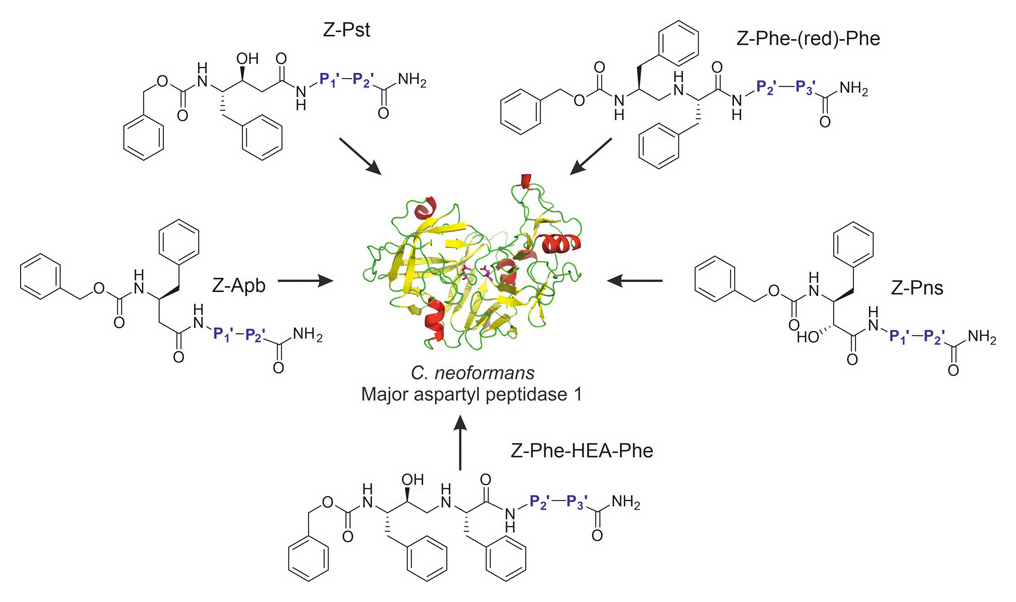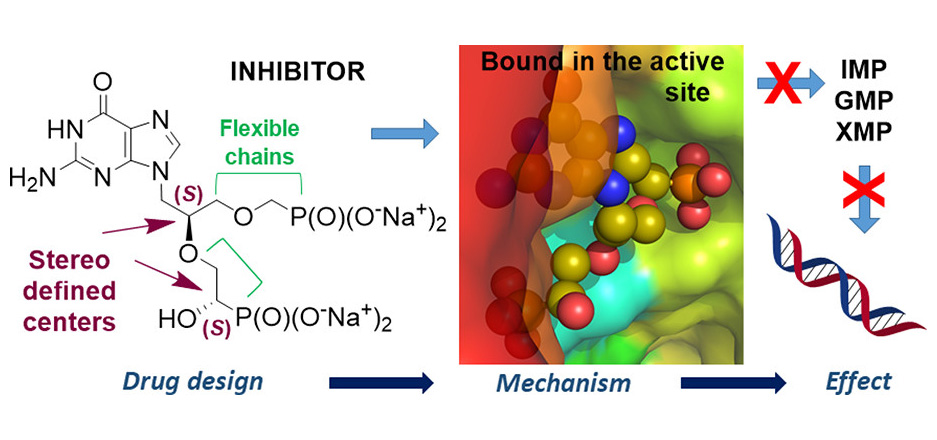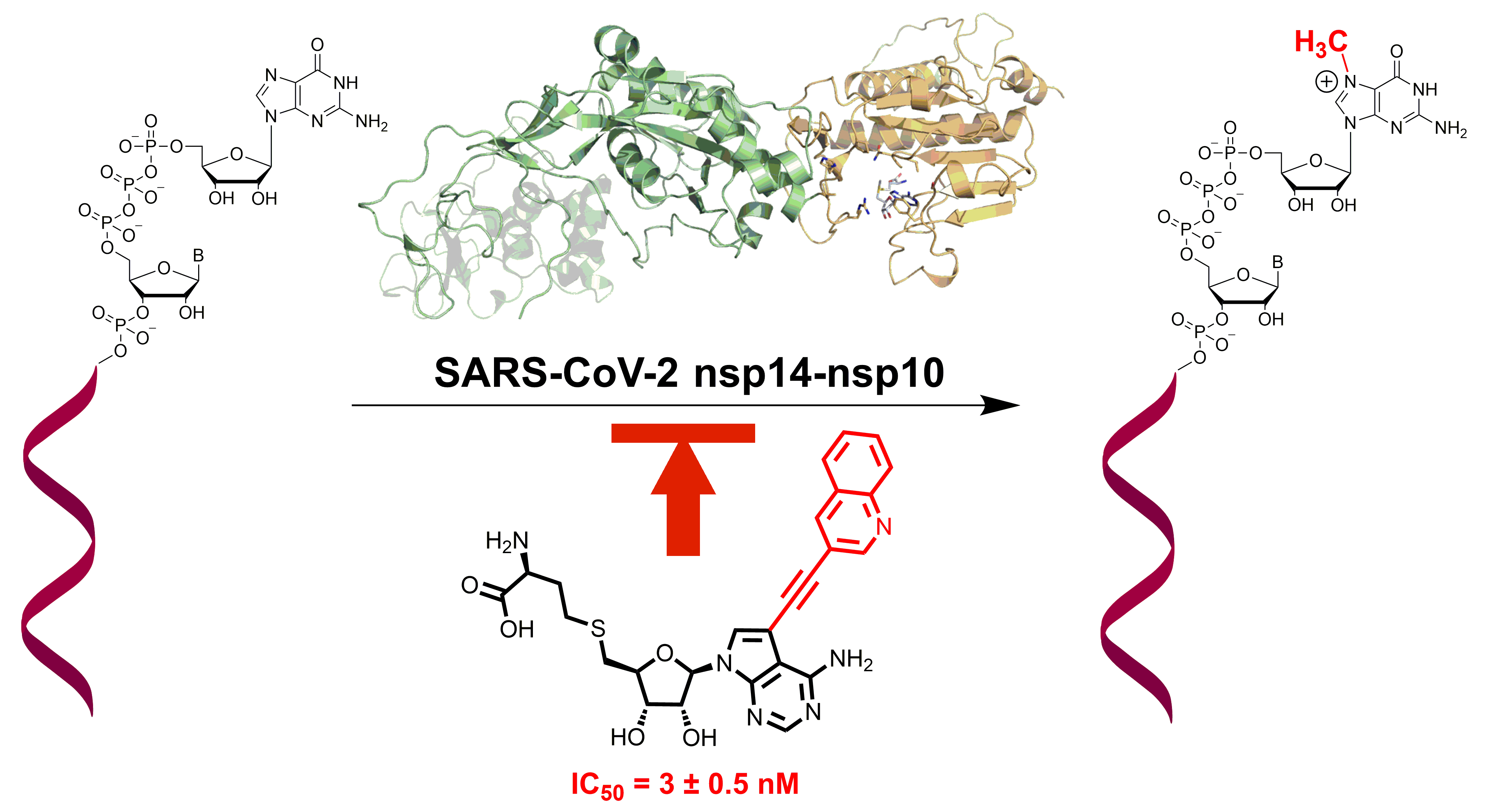Researchers tame a deadly fungus that threatens immunocompromised patients
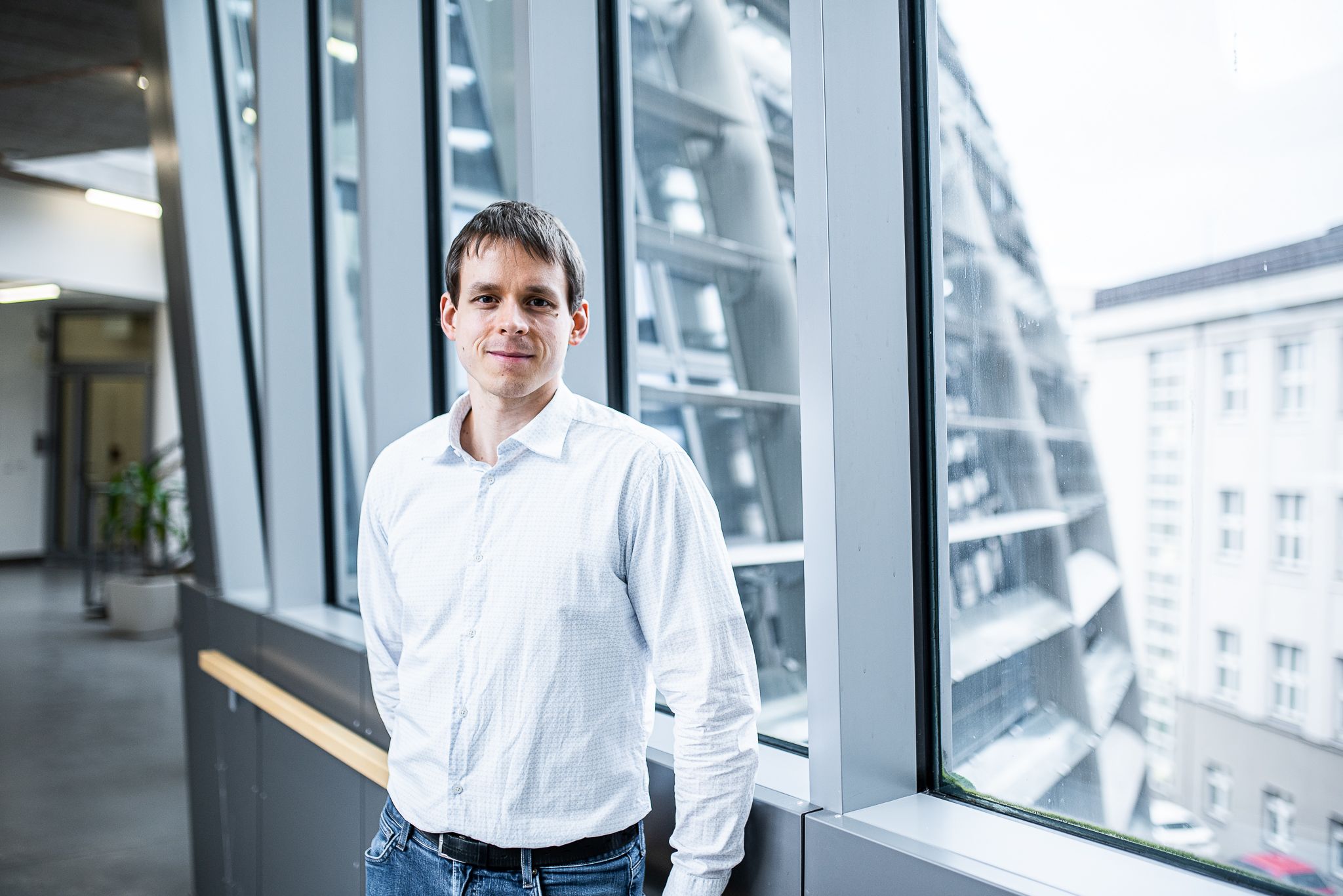
A team led by Prof. Jan Konvalinka has developed a compound that destroys the yeast Cryptococcus neoformans – a fungus which is life-threatening for people with weakened immune systems – in laboratory settings. Researchers at IOCB have created a new method for synthesizing macrocyclic compounds – small, ring-shaped molecules. Using this approach, they discovered a highly promising compound that kills the fungus in lab cultures, does not harm human cells, and is effectively entering the bloodstream when administered orally, as demonstrated in mice. The study was published in the Journal of Medicinal Chemistry.

The head of the research group behind the discovery and the director of IOCB Prague, Jan Konvalinka, emphasizes that this was an exceptional collaboration.
“The authorship team is particularly interesting. The first author of the study, Robin Kryštůfek, joined my lab already during his high school studies, and the second author, Václav Verner, only recently graduated from secondary school. Working with such students is truly a pleasure,” says Professor Konvalinka.
Cryptococcus causes a disease known as cryptococcosis. The yeast enters the body through the respiratory tract and can reach the brain, leading to meningitis in transplant patients or people with AIDS – a frequently fatal complication for those with compromised immune systems. The fungus is commonly found in pigeon droppings and spreads through the air.
The IOCB team focused on a particularly problematic variant of this fungus: C. neoformans. This strain is more insidious and aggressive due to an enzyme called May1 aspartic protease. The enzyme subtly alters the fungal cell wall, helping the pathogen evade the host's immune response and survive in hostile environments.
“We’re essentially trying to muzzle the protease so it can’t help the cryptococcal cells ‘change their coats’ and hide from the immune system,” explains Robin Kryštůfek, PhD student and first author of the study. “Once the enzyme is blocked, the immune system can detect and eliminate the fungus on its own.”
To this end, the team developed a new series of macrocyclic compounds designed specifically to inhibit the May1 enzyme. Their entirely novel approach allowed them to generate a full library of molecules. Previously, macrocyclic inhibitors had to be synthesized one by one in a complicated process – something now made obsolete by this breakthrough.
“Our key contribution is that we managed to synthesize a large number of inhibitors simultaneously,” Kryštůfek adds. “This enabled us to discover two compounds that enter the systemic circulation in mice after simple oral administration.”
The most promising of these (Compound 25) functions by fitting into the active site of the target enzyme like a perfect puzzle piece. Its unique shape enhances both the strength and specificity of binding. As a result, the compound is less likely to interfere with other proteins in the body and less likely to be toxic.
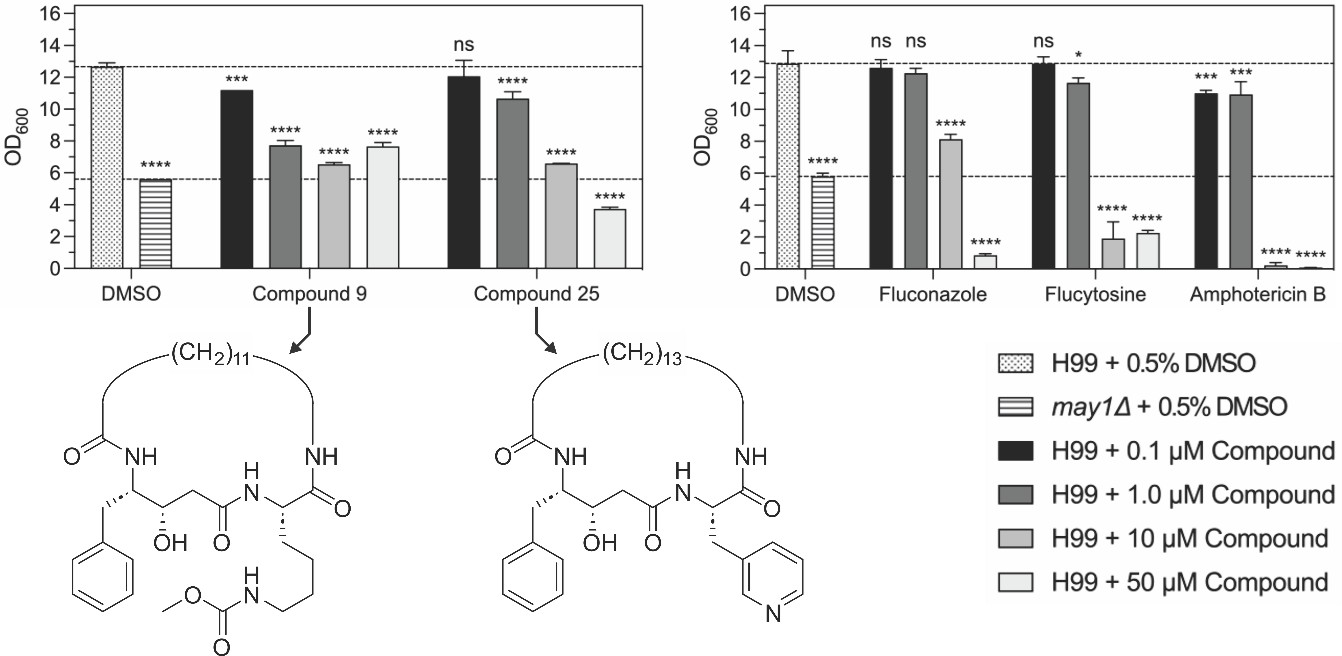
Original article
- Kryštůfek, R.; Verner, V.; Šácha, P.; Hadzima, M.; Trajhan, F.; Starková, J.; Tloušt’ová, E.; Dvořáková, A.; Pecina, A.; Brynda, J.; Chalupský, K.; Hájek, M.; Boucher, M. J.; Majer, P.; Řezáč, J.; Madhani, H. D.; Craik, C. S.; Konvalinka, J. On-Resin Assembly of Macrocyclic Inhibitors of Cryptococcus neoformans May1: A Pathway to Potent Antifungal Agents. J. Med. Chem. 2025. https://doi.org/10.1021/acs.jmedchem.5c00396





